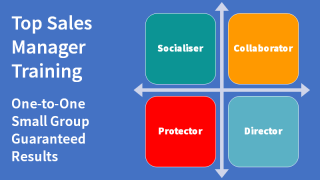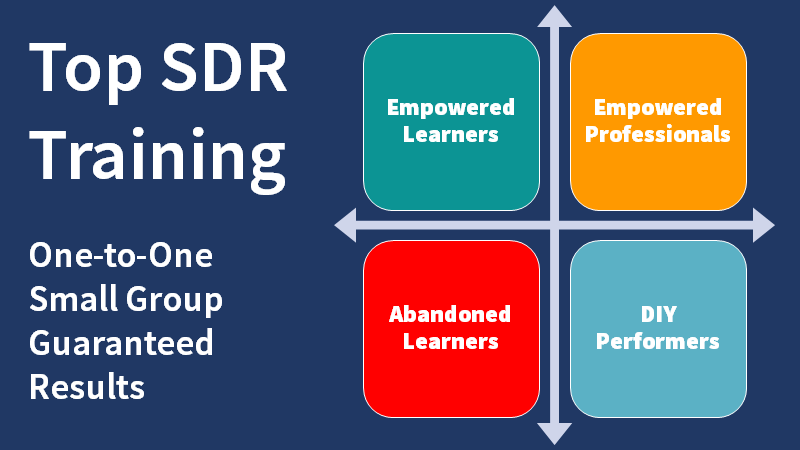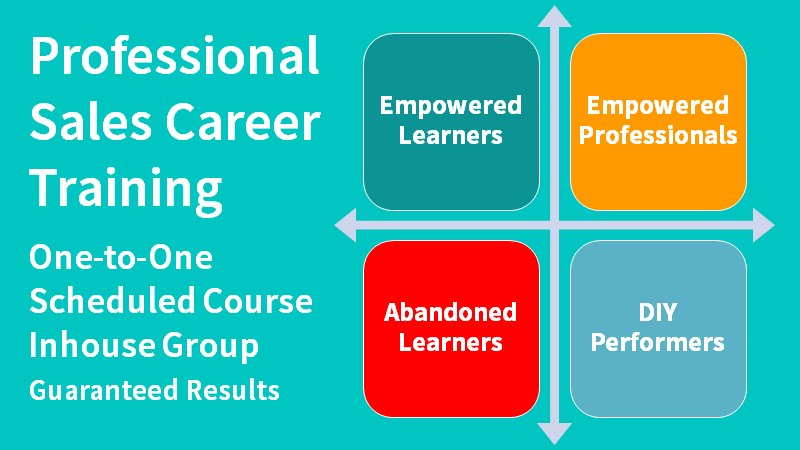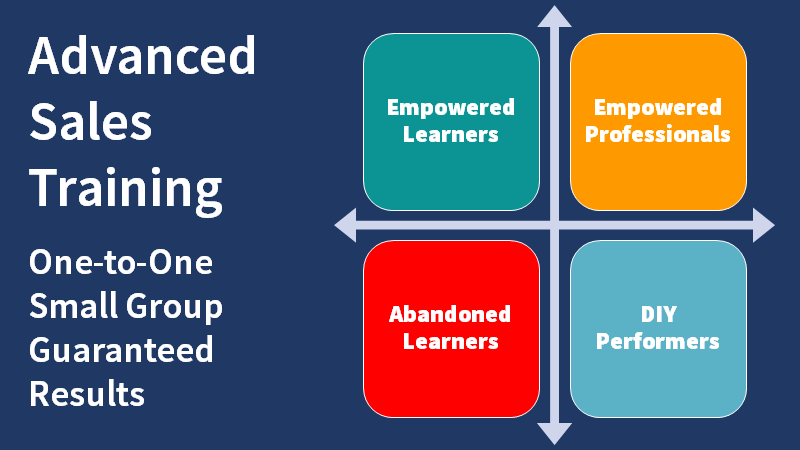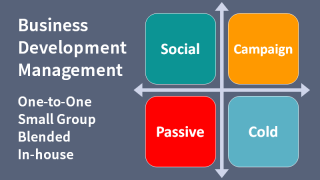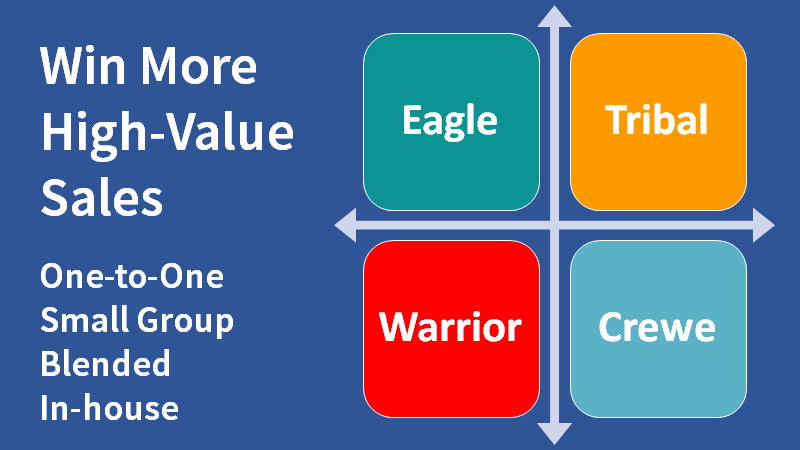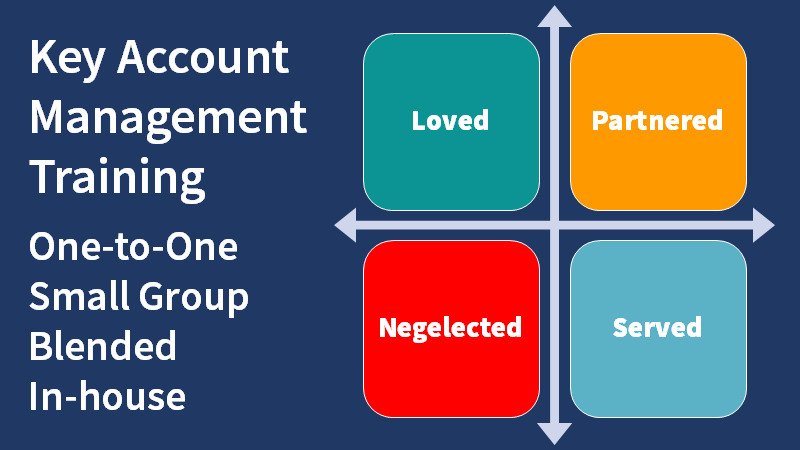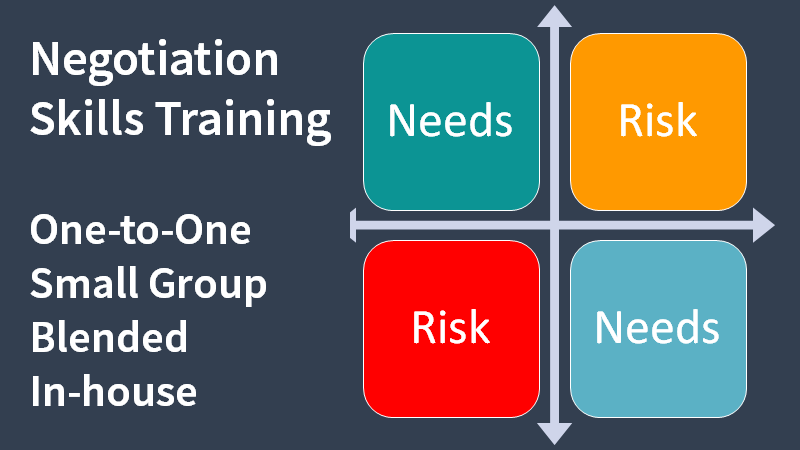Teach yourself how to write a winning sales proposal.
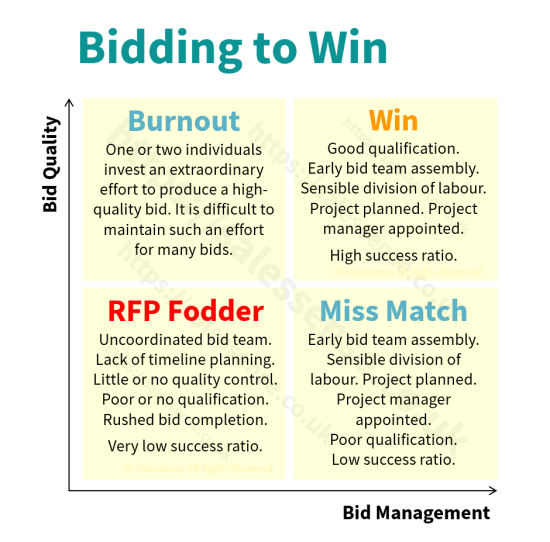
On Wednesday, April 1st, 2020, we began delivering a free B2B sales training course via bite-sized posts on the SalesSense LinkedIn company page. This page presents the posts in part twelve - preparing a winning sales proposal.
Follow the links below to study the course.
Return to the course contents page.
In Person Couse Delivery
Have the course content delivered in part or in full, for individuals or groups in sessions led by the course author.
Online Group Training Session - £250 plus VAT. Learn more.
One-to-One Coaching Session - £150 plus VAT. Learn more.
Part Twelve - Preparing a Winning Sales Proposal
Preparing winning sales proposals - overview. 12.0
When to bid and when to pass. 12.1
Responding to an unexpected RFP, RFQ, or Tender. 12.11
The benefits of learning the rules. 12.2
Where to find the rules and how to use them. 12.21
A framework for writing executive summaries. 12.321
A framework for responding to RFP and tender queries. 12.322
How to write a section for those who will have to use what is bought. 12.323
How to write a section for those concerned with maintenance and support of what is bought. 12.324
How to write a section for those who must approve. 12.325
How to write a section for financiers. 12.326
Maximising proposal quality. 12.331
Bid team management and bid preparation plans. 12.4
Preparing to write a proposal. 12.5
Writing in the active voice. 12.51
How to use the rule of three. 12.52
Present a draft proposal ahead of the deadline. 12.6
Preparing for a proposal presentation. 12.61
Other things to negotiate before agreeing to bid. 12.7
Preparing a winning proposal - summary. 12.8
Self-Led Learning: The "Explore, Create, Reflect, and Connect" Method
1. Explore
Curiosity Mapping: Begin by creating a "curiosity map". Write down topics you are interested in on sticky notes or in a digital document. Arrange these topics by themes or how they interconnect. This visual representation will help you identify where to start your learning journey.
Resource Diving: For each topic, gather resources from a variety of mediums: books, articles, podcasts, videos, and online courses. Aim for both breadth and depth—surface-level for general understanding and detailed resources for deep dives.
2. Create
Project-Based Learning: Turn your learning into a project. For example, if you're learning about gardening, start a small herb garden. If it's coding, build a simple app. This makes your learning tangible and provides a practical application for your knowledge.
Learning by Teaching: Create content based on what you learn. This could be a blog post, a YouTube video, or even a small workshop. Teaching is a powerful method to deepen understanding and retention.
3. Reflect
Journaling: Keep a learning diary to reflect on what you’ve learned each day. Include questions that arose, successes, and areas of difficulty. This will help in retaining information and self-assessment.
Mindful Meditations: Use short meditations to reflect on your learning process, helping to consolidate memory and enhance comprehension.
4. Connect
Learning Communities: Join or create a learning community relevant to your interests. This could be online forums, local clubs, or study groups. Engaging with peers can provide motivation and expose you to different perspectives.
Collaborative Projects: Whenever possible, collaborate on projects with others who are learning similar topics or have complementary skills. This encourages a deeper engagement and can lead to innovative ideas and solutions.
Tools and Resources: Use digital tools like Trello or Notion for organising your learning resources and projects.
Engage with platforms like Coursera, Khan Academy, and YouTube for free educational content.
Leverage social media like Twitter or LinkedIn to connect with thought leaders and communities.
5. Evaluate and Adapt
Self-assessment: Regularly assess your progress with quizzes, summaries, or practical tests. Online platforms often provide such tools.
Feedback Loops: Seek feedback from your community or mentors. Use this feedback to adjust your learning paths and methods.
This guide is designed to be flexible, allowing learners to adapt the approach based on their personal learning style and pace. It emphasizes active participation, creativity, and personal growth in learning, aiming to make the journey as rewarding as the knowledge gained.
Have this B2B sales training course or any element delivered for groups or individuals through virtual classroom sales training sessions or one-to-one coaching. Call +44 (0)1392 851500 or email jimm@salessense.co.uk for details.



